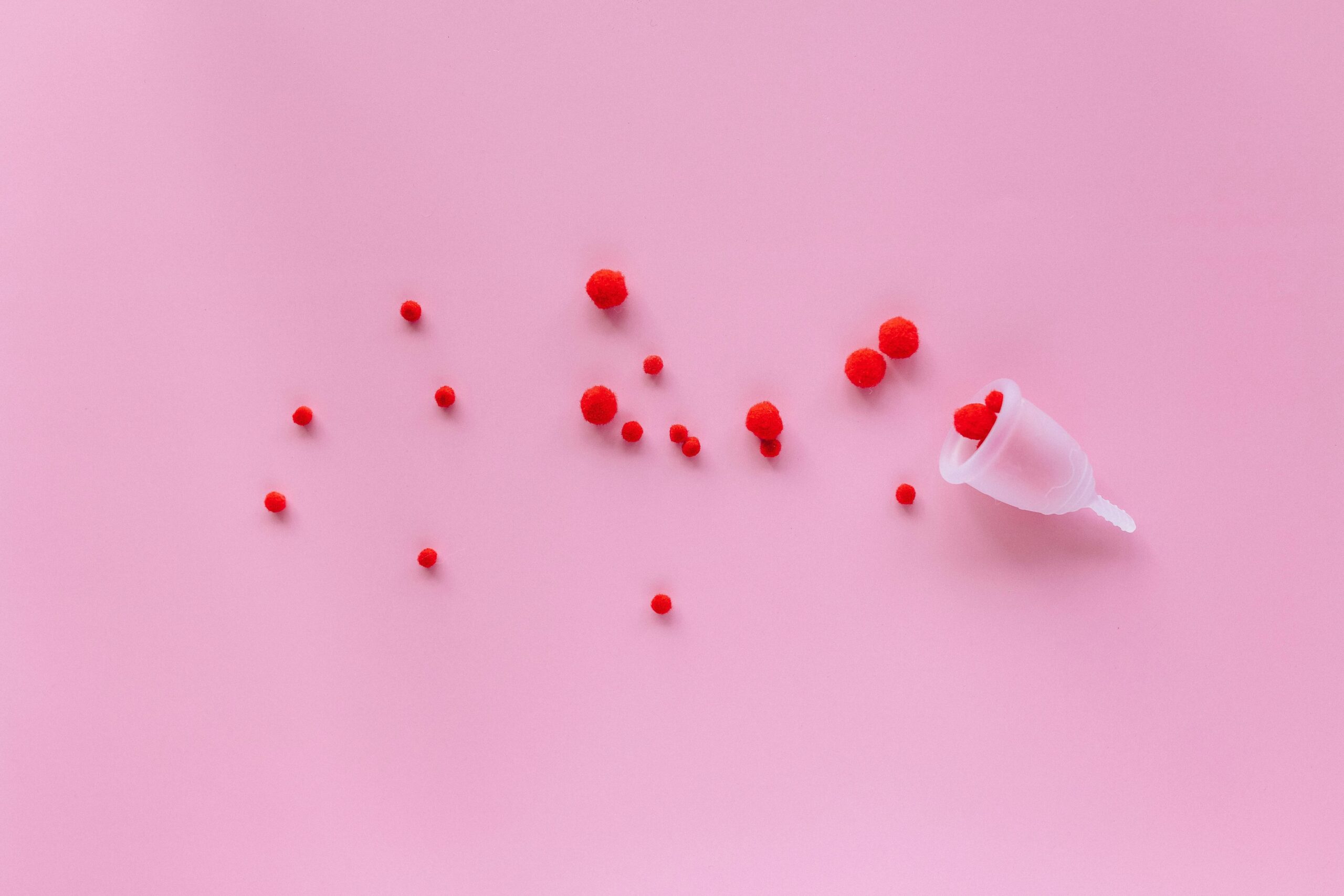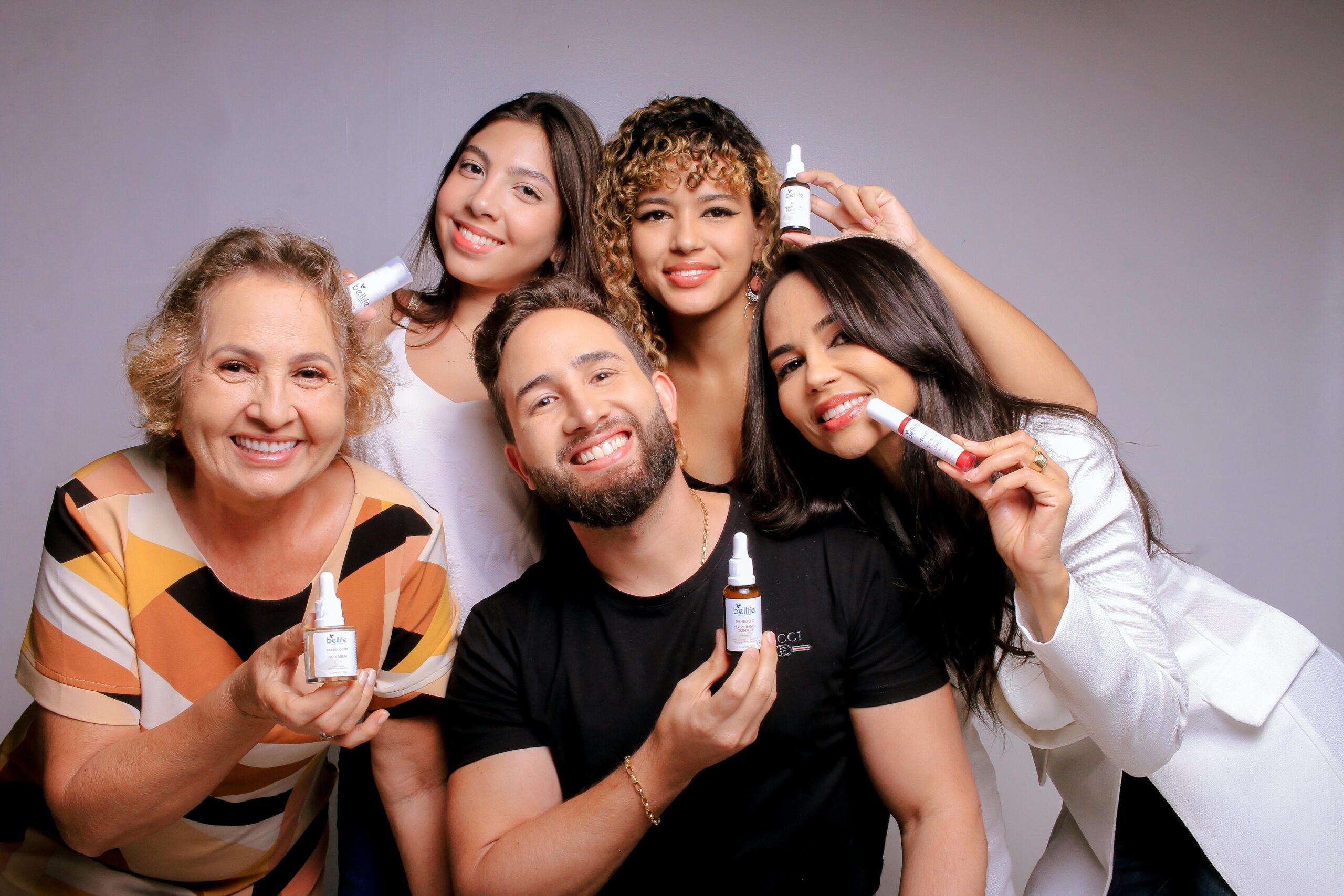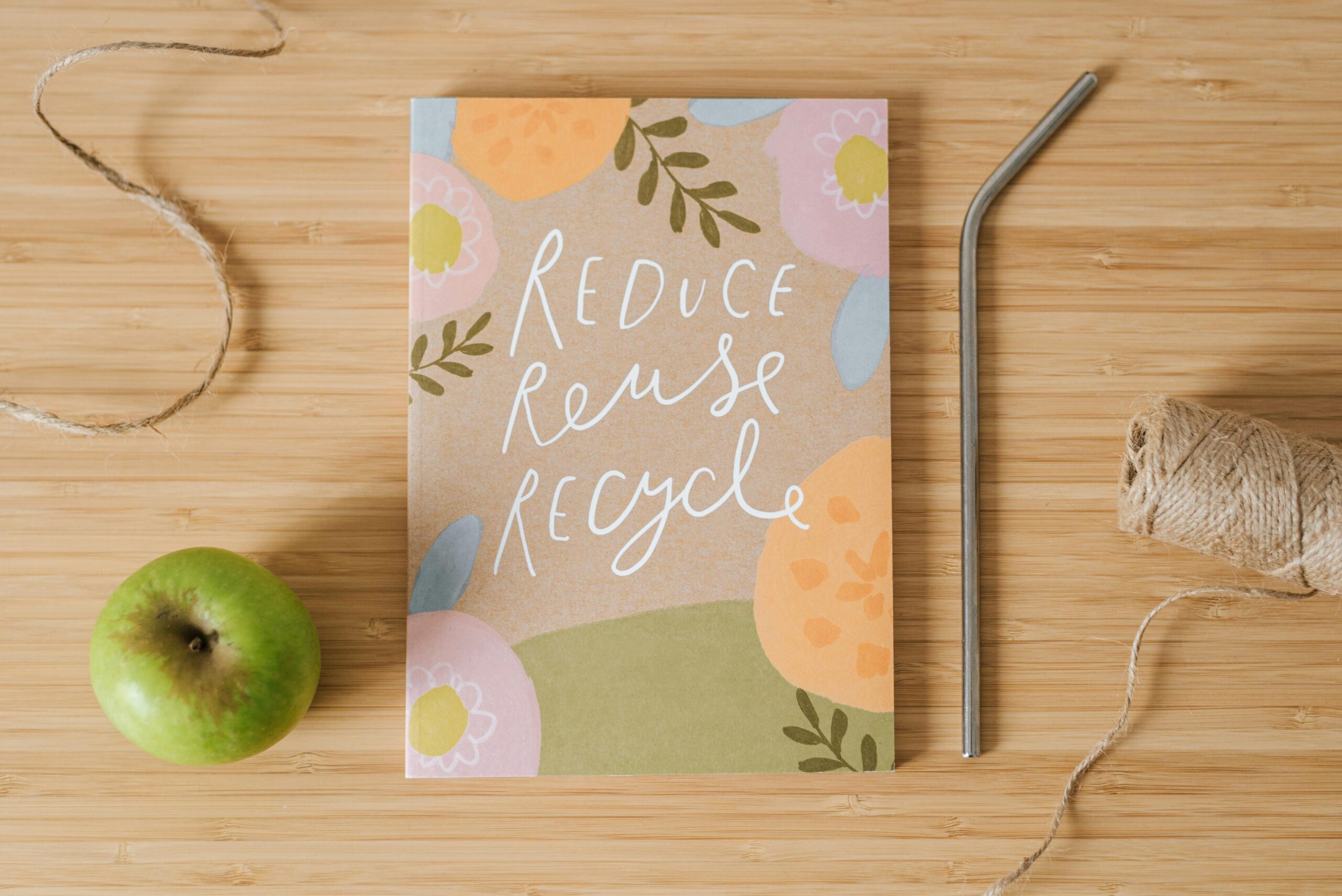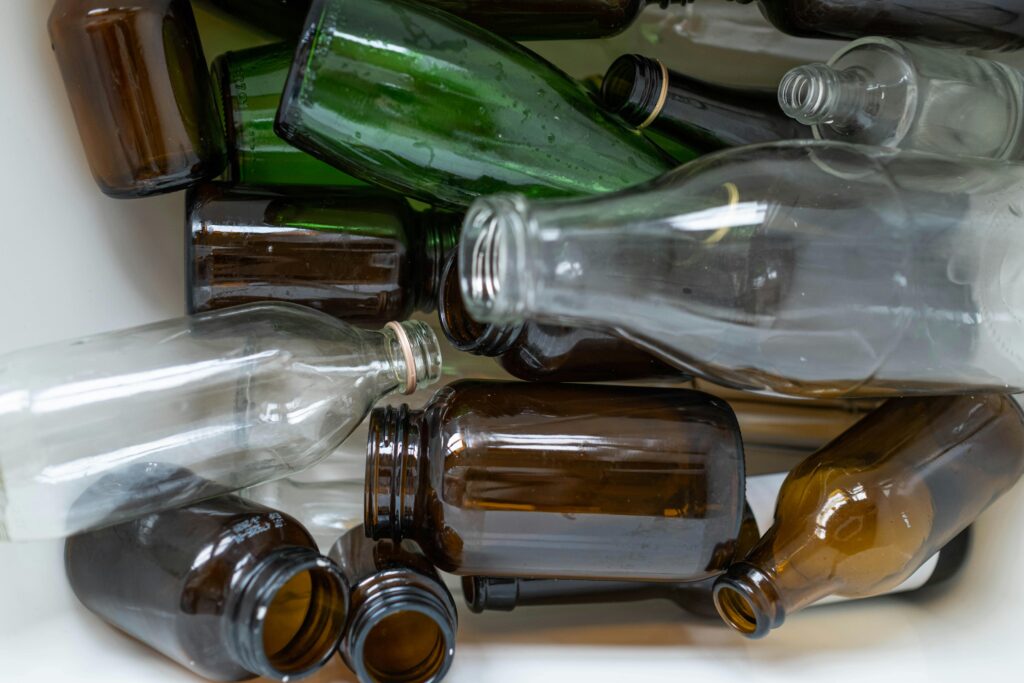Ever stared at the endless wall of menstrual products in a store and felt overwhelmed—or worse, guilty—about your choices? Did you know that conventional pads can contain up to 90% plastic? Yeah, not exactly eco-friendly. But there’s hope! Let’s dive into why making green choices, like switching to organic pads, isn’t just good for your body but also for the planet.
Table of Contents
- Why Switching to Organic Pads Matters
- How to Choose the Best Organic Pads
- Tips for Transitioning to Green Choices
- Real Stories: Women Who Made the Switch
- Frequently Asked Questions
Key Takeaways
- Conventional pads are loaded with plastics and chemicals harmful to both you and the environment.
- Organic pads offer a safer, more sustainable alternative without compromising comfort.
- Transitioning to green choices requires education, experimentation, and patience.
Why Switching to Organic Pads Matters
First off, let me confess: I’ve been on the wrong side of this battle. For years, I didn’t think twice about grabbing whatever pad was cheapest or most convenient. Then one day, while researching skincare ingredients (because who doesn’t love an overcomplicated beauty routine?), I stumbled across something horrifying. Those “soft” pads I trusted were packed with synthetic fibers, dyes, and even traces of pesticides from non-organic cotton!

If that doesn’t scream “toxic relationship,” I don’t know what does. By making green choices now, we reduce our carbon footprint and support healthier ecosystems all around us.
How to Choose the Best Organic Pads
Optimist You:* “There must be tons of great options out there!”
Grumpy Me:* “Ugh, only if navigating labels weren’t such a headache.”
Step 1: Check Certifications
Look for certifications like GOTS (Global Organic Textile Standard) or USDA Organic. These ensure the product is genuinely organic and free of harmful synthetics.
Step 2: Consider Absorbency Levels
Not all organic pads are created equal. Some brands specialize in heavy flow days, while others focus on lighter needs. Experiment until you find what works best for you.
Step 3: Prioritize Comfort
Sustainable shouldn’t mean scratchy. Test different textures and designs to see which feels right against your skin.
Tips for Transitioning to Green Choices
Making the switch sounds straightforward, right? Wrong. It’s messy—but totally worth it. Here are some tips:
- Start Small: Swap one product at a time instead of going cold turkey.
- Educate Yourself: Know your labels, know your standards. This stuff ain’t rocket science, but it sure tries to act like it.
- Rant Alert: Stop falling for “eco-friendly” marketing gimmicks! Just because something has leaves on its packaging doesn’t make it green.
Real Stories: Women Who Made the Switch
Take Jane Doe, a busy mom of two, whose skin sensitivity issues vanished after switching to organic pads. Or Sarah Smith, who slashed her household waste by half simply by choosing reusable options.

Frequently Asked Questions
Are organic pads really worth the extra cost?
Yes—if you factor in long-term health benefits and environmental impact. Think of it as investing in yourself AND the planet.
Do they work as well as regular pads?
Absolutely! Many users report equal or better performance compared to traditional options.
Conclusion
Switching to organic pads might feel overwhelming initially, but trust me—it’s a game-changer. Not only do green choices protect your health, but they also contribute to global sustainability efforts. So next time you’re faced with that dreaded pad aisle… remember: Every small step counts toward a cleaner, greener future. Now go forth and pad responsibly!
P.S. Like Backstreet Boys said in ’99, “Everybody (yeah), rock your body.” Only this time, let’s try rocking Mother Earth too!


